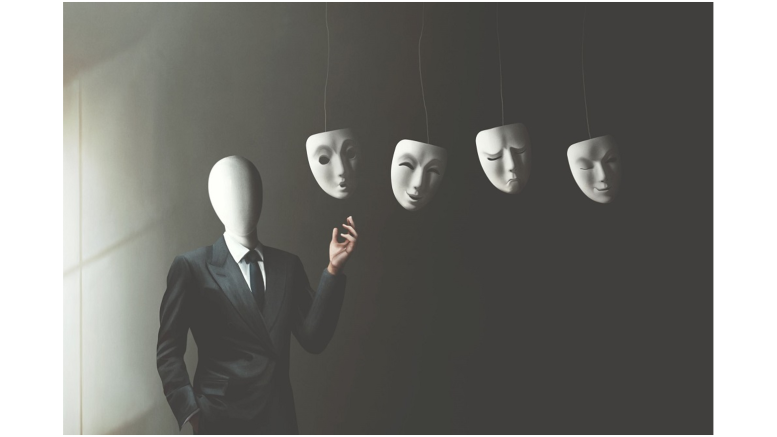Deepfakes are artificial media developed using deep learning technology to replace features on one video image, including appearance, movement and voice with those of another. It is coincidental that this portmanteau of ‘deep learning’ and ‘fake’ could also connote fakeness to its very depths or extreme fakeness.
The irony is that at the turn of the previous decade, one of the biggest buzzwords that took the consumer world by storm was ‘authenticity’. A concept championed by the growing number of ordinary people who had turned into online stars with nothing but their own unique, natural selves. It made the concrete templates set by conventional gatekeepers of entertainment and mass communications crumble to mud. The writing on the wall was clear. People are drawn to realness. A realness that acknowledges and is comfortable with its own vulnerabilities and flaws. It led to an open celebration of the imperfections in human beings, both optically and morally. In response, every entity that wanted to connect better with people, namely brands, businesses and celebrities flashed their authentic selves contributing to the deglorification of unrealistic standards. Things became more human. Now, enter generative AI.
Generative AI and its growing popularity on social media and digital communication is making ‘authenticity’ look passé. Very last decade. Well, yes that’s how fast the zeitgeist shifts these days. In this case, things haven’t even moved on the same trajectory as the last decade. It is in fact moving the opposite direction. The online world’s preoccupation with authenticity is being diluted by its curious experiments with deepfake – sometimes usefully, sometimes viciously.
It’s not surprising given the way marketers over abused ‘authenticity’ to the point of making authenticity itself look fake. Yes, us advertisers and marketers often become victims of our own over-smartness. We probably primed our audience to be perfectly comfortable with fake. As long as it is appealing – looks and sounds nice. Today, the motto seems to be: Who needs humans? Machine perfection for the win!
Now we have a new maze to navigate. Seeing something with one’s own eyes tends to be enough for us to believe something and that is why the idiom, seeing is believing, has been in use for centuries. Today, thanks to the increasing sophistication of deepfake, humanity is faced with the challenge of rewiring our instinct of believing things we see, or view to be precise.
Like with many new inventions, gen AI can be used for great good but also has a dark side. We are entering a world where nothing we see on video is going to mean anything because it can be completely synthetic. There have been instances of people transferring money to a friend after a phone call with the friend just to realise it was a scam that used the exact voice of the friend. Countless events of the misuse of deepfake exist including destruction of reputation, blackmail and misinformation. The era in which fame is comparatively easily accessible, is also the era where it is safest to be a complete unknown. The era in which information is most easily available and spread, is also the era in which it is the hardest to fight the wild fire of misinformation. The term ‘hear-say’ might as well be updated to ‘hear-say-viewed’. Audio and video evidence have lost the weight they previously carried. Until effective fake-detectors are invented, people in videos will be granted the benefit of the doubt, also known as liar’s dividend.
All is not bleak. There are companies that are dedicating themselves to develop technologies to help us tell the fake from the real and protect ourselves. Deepfake tech is proving to be useful in many disciplines such as education and training and also in unexpected places such as to protect the identities of people represented in documentary films. One thing is for certain. Deepfake will impact the way we view the world in unimaginable ways.
The views and opinions published here belong to the author and do not necessarily reflect the views and opinions of the publisher.



Be the first to comment on "Deepfakes – seeing is disbelieving"